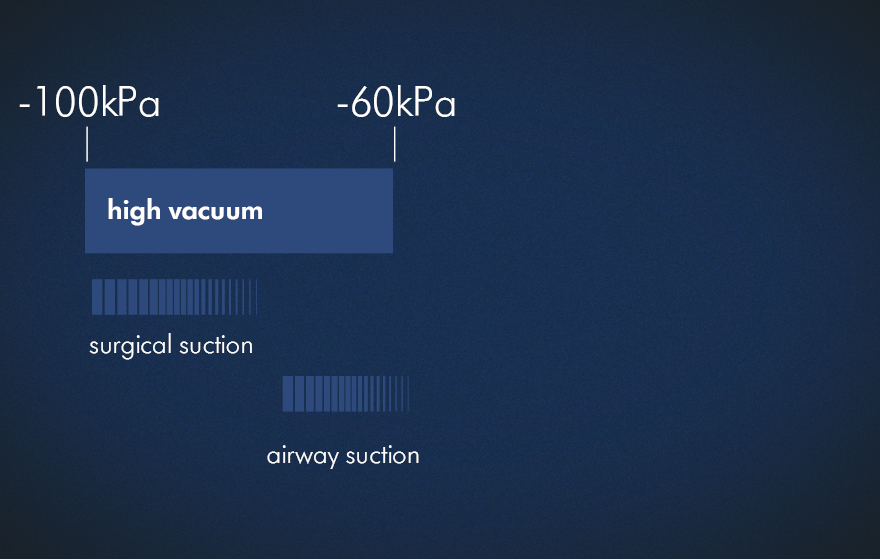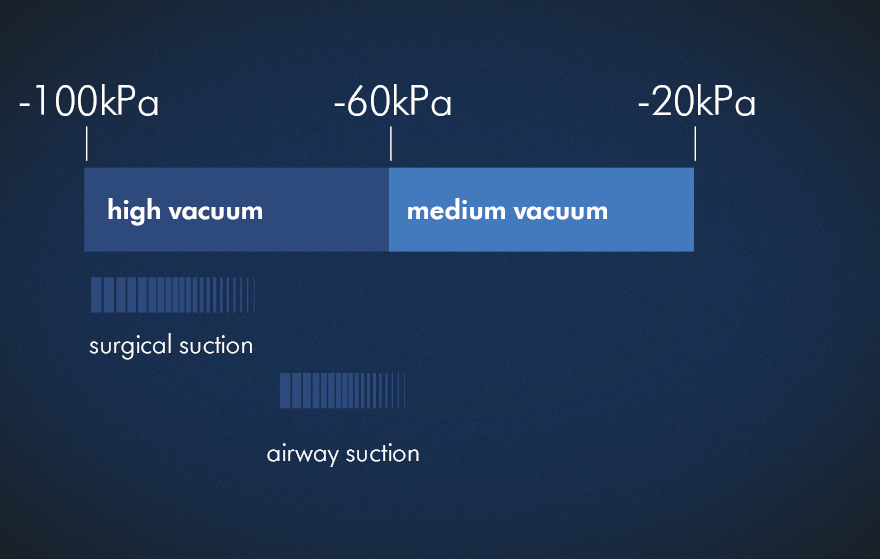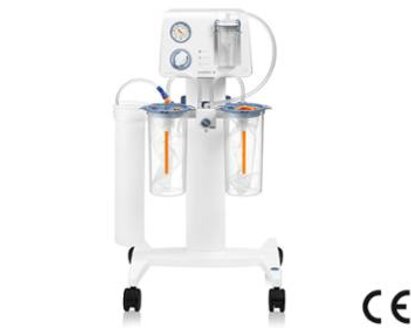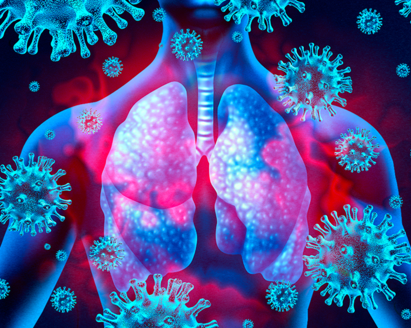
Chest Drainage
Medela has set new standards with Thopaz+ for healthcare professionals to make informed decisions based on precise drainage data

Professional Vacuum Systems
Looking for professional vacuum solutions? Medela offers tailored solutions in fluid collection, surgical and airway suction and vacuum assisted delivery.

Chest Drainage
Medela has set new standards with Thopaz+ for healthcare professionals to make informed decisions based on precise drainage data

Professional Vacuum Systems
Looking for professional vacuum solutions? Medela offers tailored solutions in fluid collection, surgical and airway suction and vacuum assisted delivery.




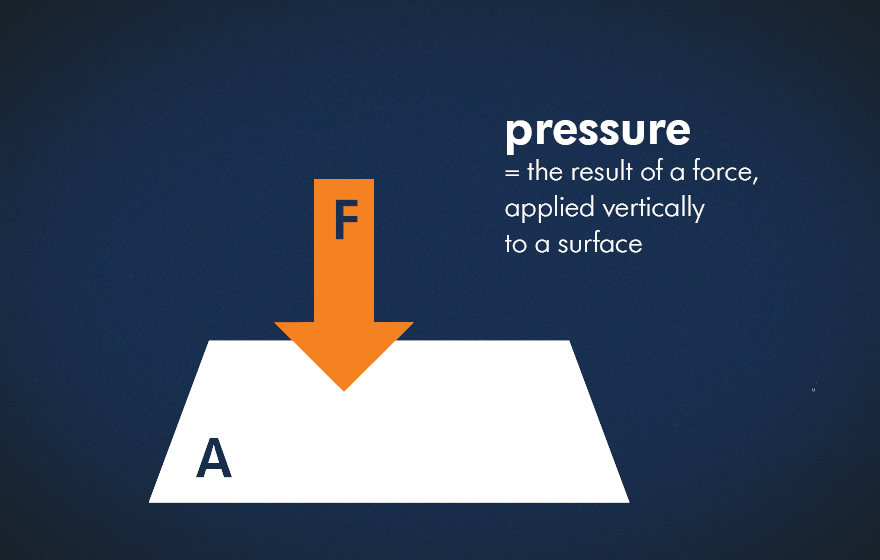
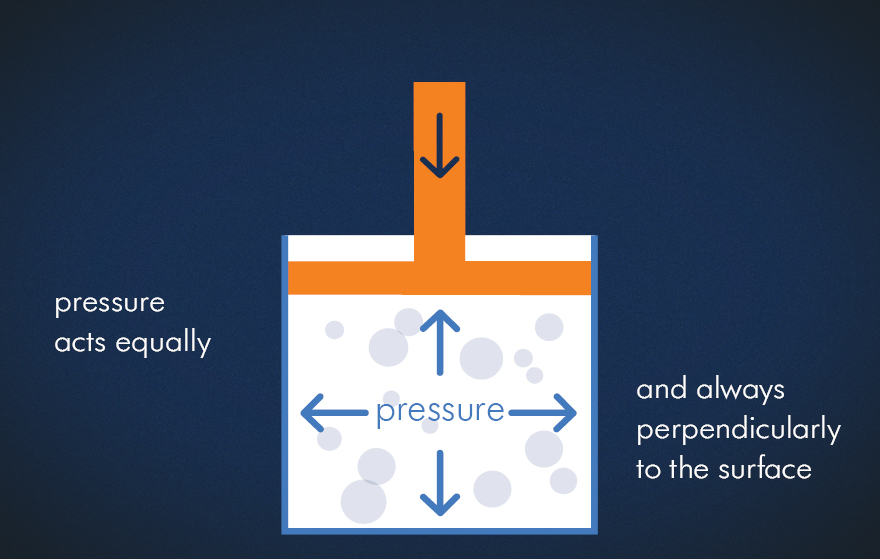
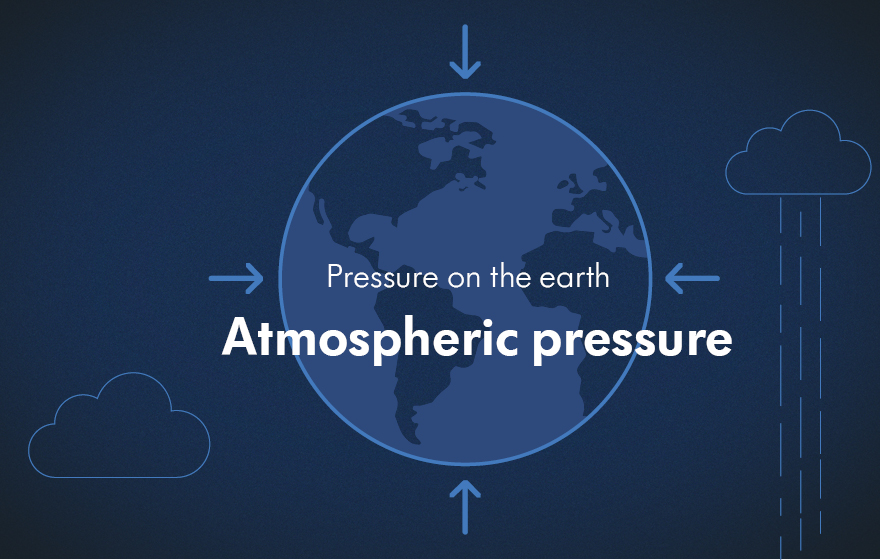
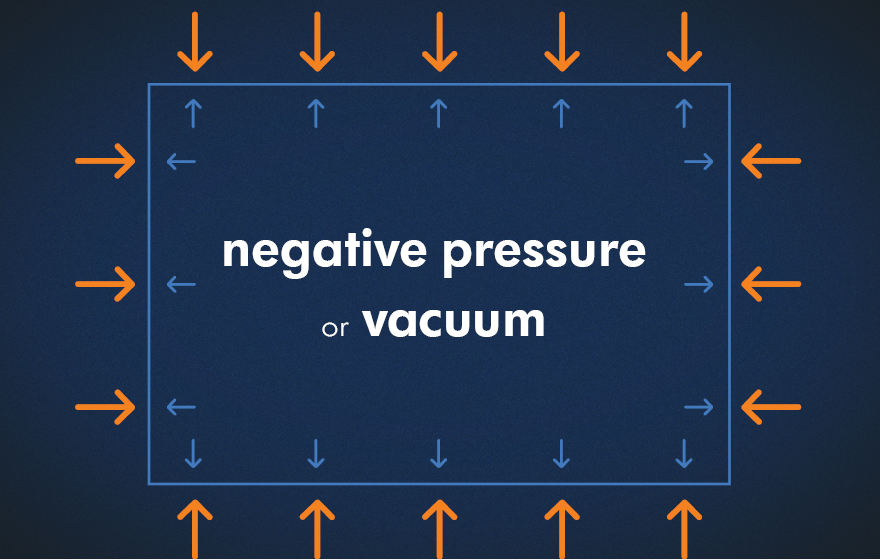
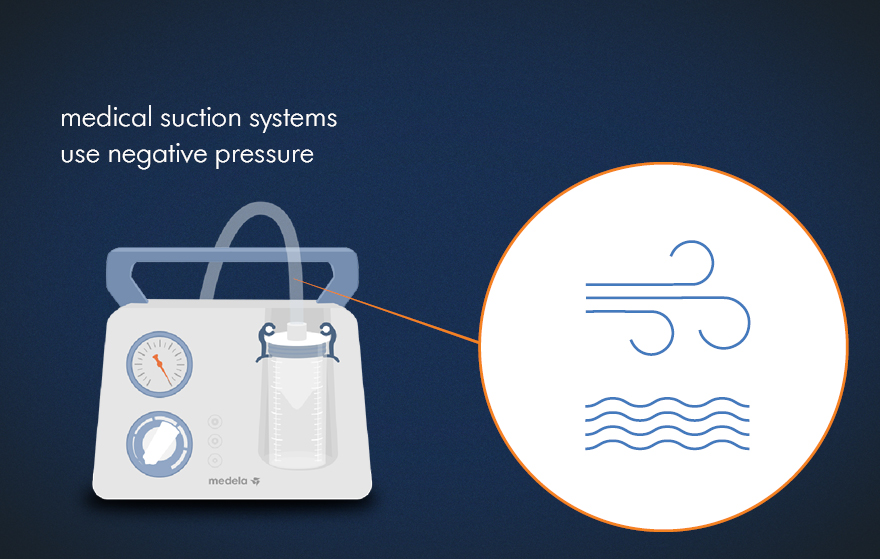

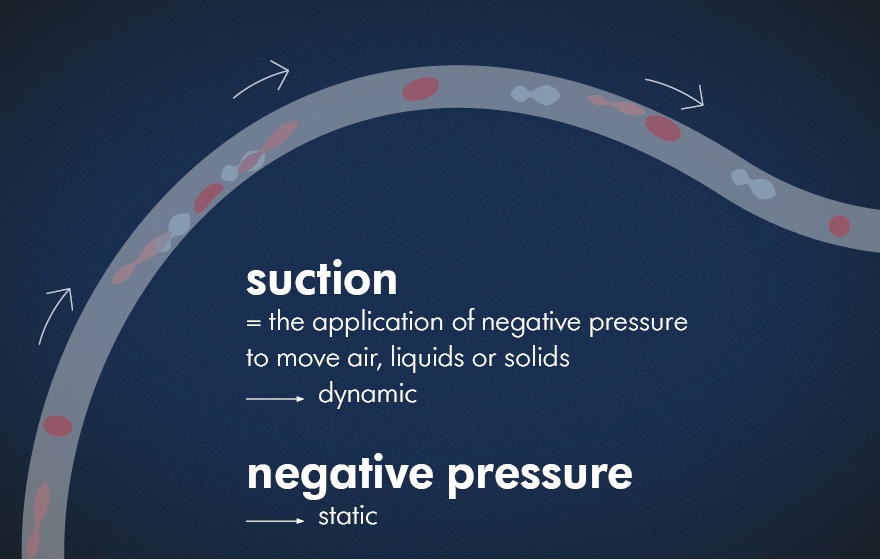 Suction is the application of negative pressure to move air, liquids or solids. While negative pressure is static, suction refers to the dynamic effect that sets fluids in motion.
Suction is the application of negative pressure to move air, liquids or solids. While negative pressure is static, suction refers to the dynamic effect that sets fluids in motion.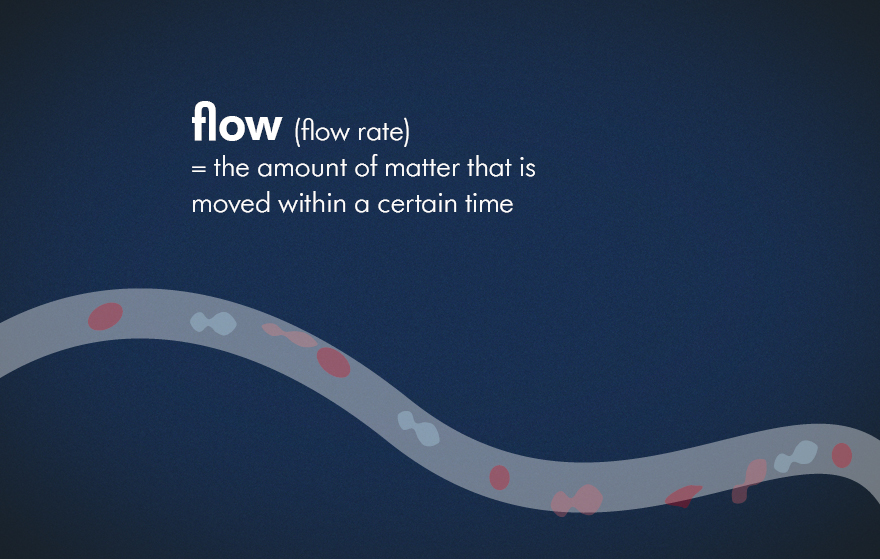 Flow or flow rate is a measurable quantity. It refers to the amount of matter that is moved within a certain time.
Flow or flow rate is a measurable quantity. It refers to the amount of matter that is moved within a certain time.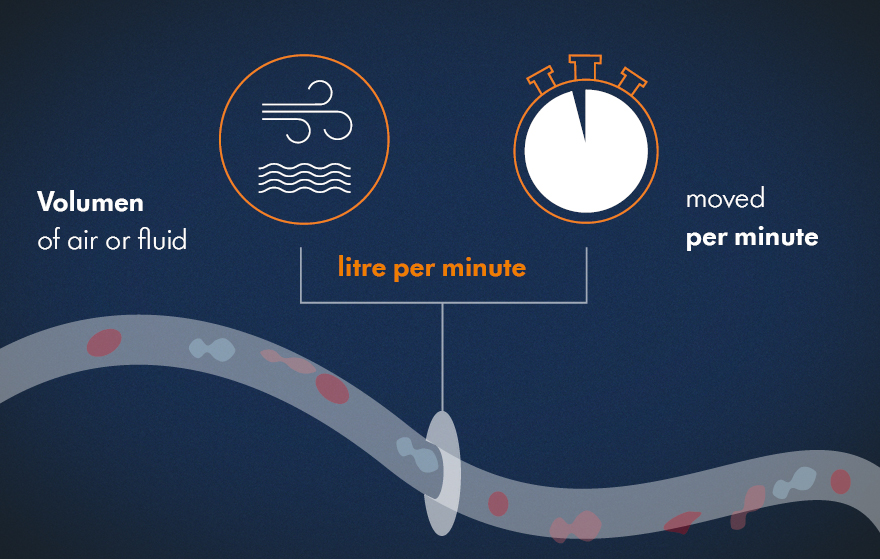 Flow is measured by the volume of air or fluid moved per minute. The unit is litre per minute.
Flow is measured by the volume of air or fluid moved per minute. The unit is litre per minute.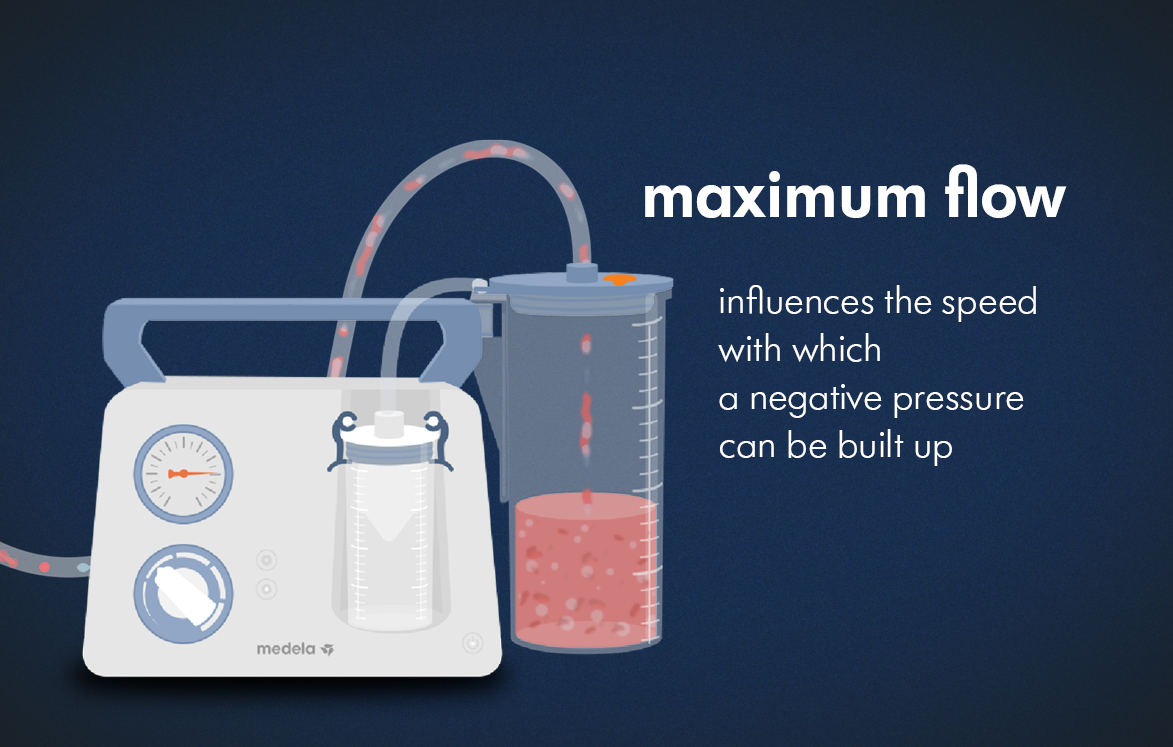
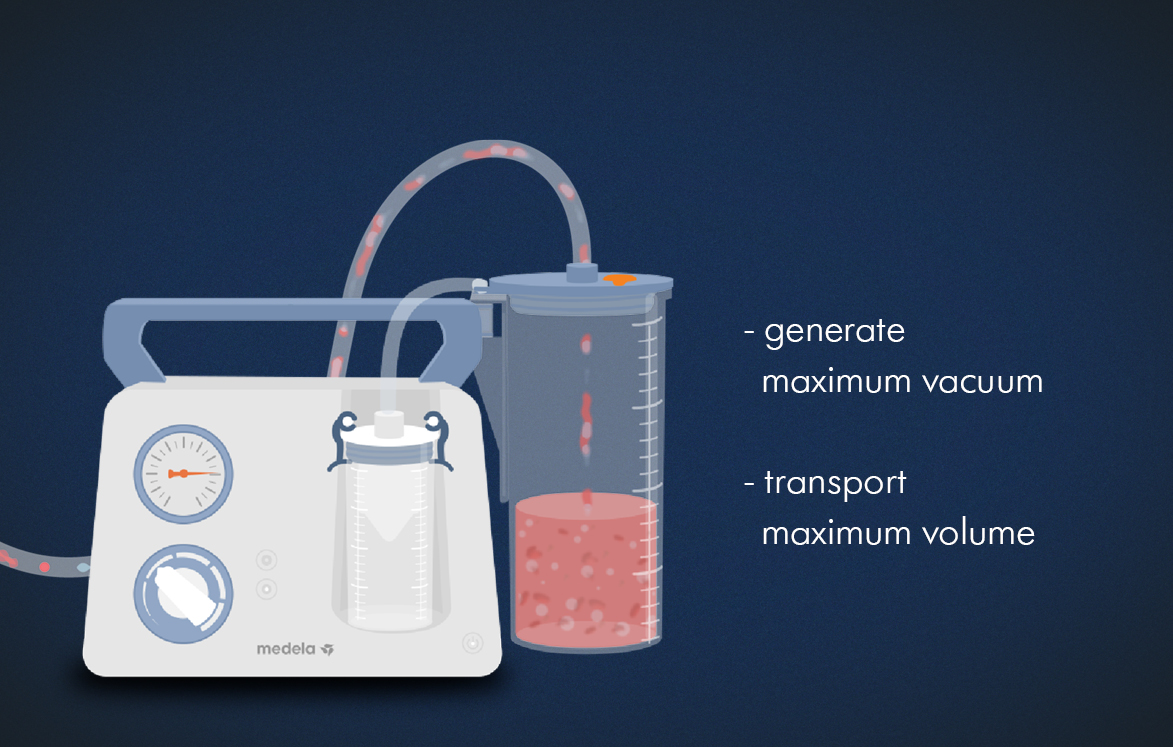 A pump can generate a maximum vacuum and transport a maximum volume.
A pump can generate a maximum vacuum and transport a maximum volume.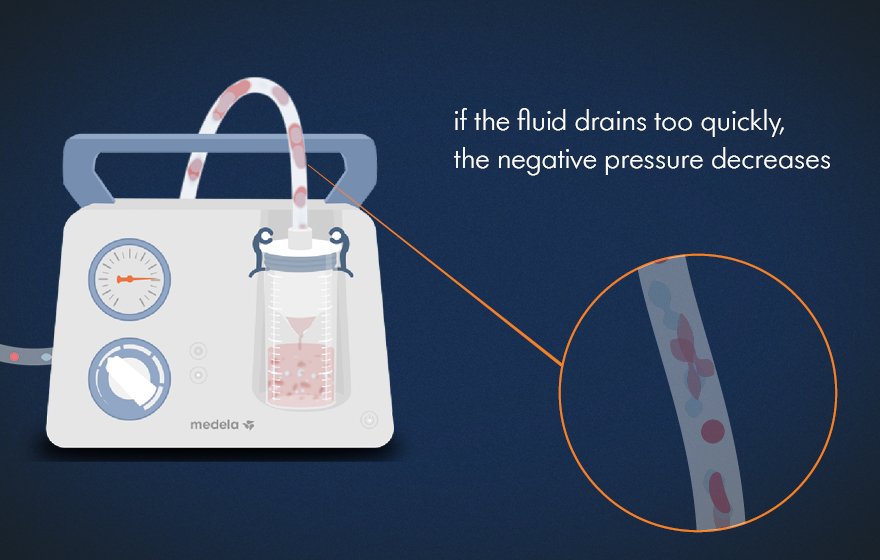 If the fluid drains too quickly, the negative pressure decreases and cannot be maintained.
If the fluid drains too quickly, the negative pressure decreases and cannot be maintained.